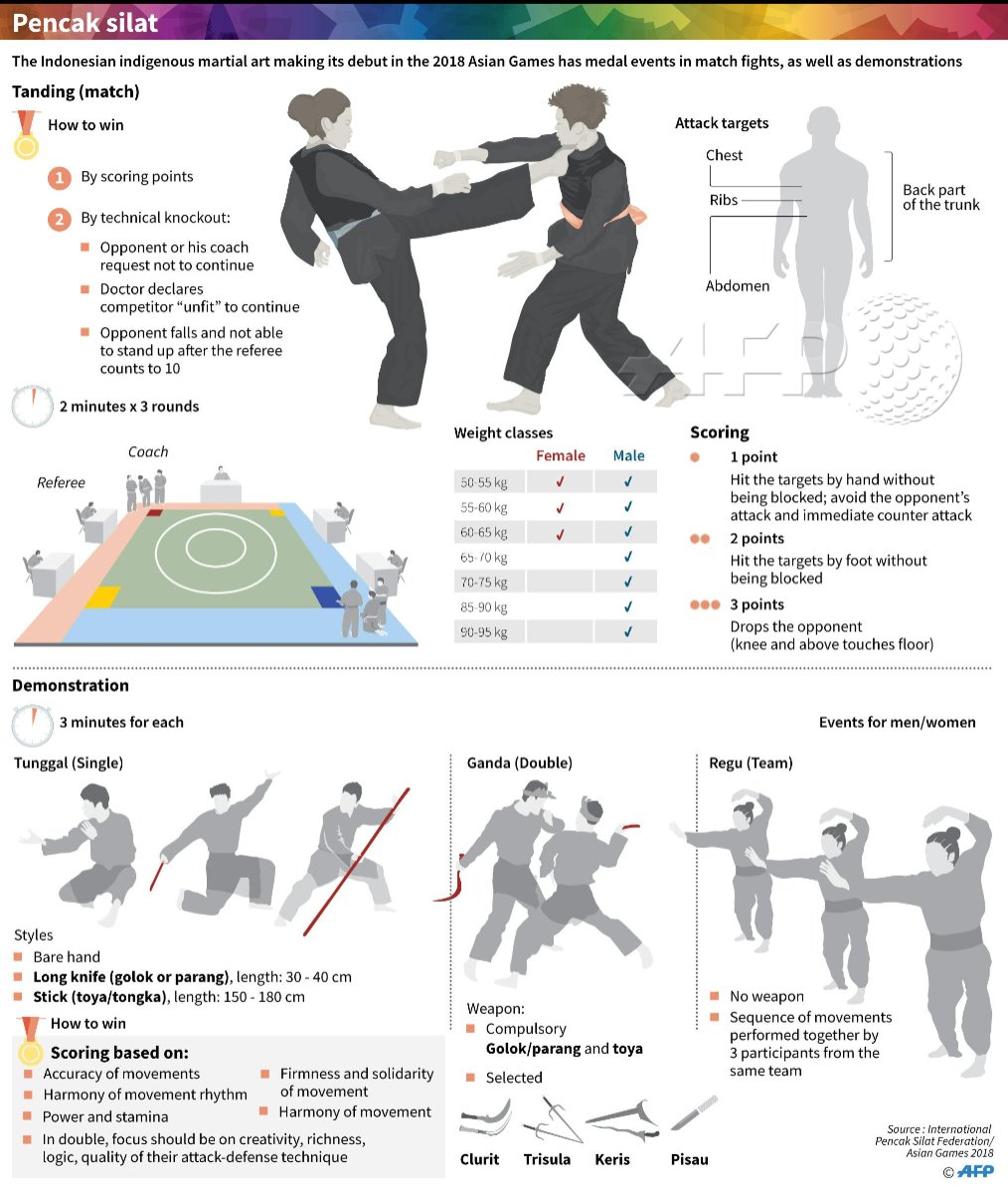The Background And Evolution Of Martial Arts Worldwide
The Background And Evolution Of Martial Arts Worldwide
Blog Article
Web Content By-Padilla Workman
Martial arts have an interesting history that extends centuries and continents. You might find it interesting just how ancient techniques like Shuai Jiao and Kalaripayattu laid the groundwork for contemporary fight methods. These techniques not only stress physical skills yet also mirror the cultures that birthed them. As you discover their development, consider how globalization has actually changed these standard forms into crossbreed styles. What impacts do you assume have formed today's martial arts landscape?
Ancient Martial arts: The Foundations of Combat
As you delve into the world of old martial arts, you'll discover the rich structures that formed combat strategies across societies. Early techniques concentrated on Self-Defense and survival, frequently incorporating strikes, grappling, and weaponry.
In ancient China, as an example, strategies like Shuai Jiao emphasized throws and joint locks, while India's Kalaripayattu showcased dexterity and liquid motion. Japanese samurai created Kenjutsu, a refined swordsmanship that highlighted discipline and technique.
These martial arts served not just for battle however additionally as a way of personal development, instilling worths like regard and willpower. The blending of these methods in time prepared for the diverse martial arts you see today, each mirroring the unique ideologies and demands of its culture.
The Social Impact on Martial Arts Growth
While martial arts usually show the functional needs of a society, they additionally personify the cultural values and beliefs of their origins. When you explore different martial arts, you'll observe exactly how they're affected by faith, approach, and social norms.
For instance, the focus on regard and discipline in Japanese martial arts stems from Zen Buddhism and samurai culture. In contrast, Brazilian Jiu-Jitsu advertises versatility and strategy, shaped by the demand for performance in a diverse, multicultural environment.
You might find that the routines, attires, and training approaches mirror a community's history and identification. By recognizing these social influences, you grow your recognition of martial arts and their duty fit human experiences across the globe.
Modern Adaptations and the Globalization of Martial arts
Martial arts have actually changed substantially in recent decades, adapting to contemporary society and worldwide influences. https://www.villagenews.com/story/2023/07/13/news/worker-of-the-week-teaches-self-defense/73599.html 'll discover that conventional kinds have blended with contemporary strategies, producing hybrid styles like MMA. These adaptations deal with diverse audiences, making martial arts available and appealing around the world.
With the rise of social media sites and electronic systems, you can discover tutorials and competitors from all edges of the world, breaking geographical barriers. This globalization has actually resulted in a common appreciation for various disciplines, from Brazilian Jiu-Jitsu to Taekwondo.
As you engage with these arts, you'll recognize they're not nearly combat; they advertise health and fitness, technique, and mental well-being.
Ultimately, contemporary adjustments have actually improved the martial arts landscape, making it a dynamic and developing practice.
Final thought
In discovering the history and development of martial arts, you reveal an interesting mix of strategies, cultures, and approaches. From old disciplines like Shuai Jiao and Kalaripayattu to the modern-day adaptability seen in MMA, martial arts mirror humanity's pursuit for Self-Defense and personal development. As judo classes for adults near me engage with these techniques, you not only gain skills but likewise a deeper appreciation for the diverse practices that form our world today. So, continue your journey and accept the art of combat!
